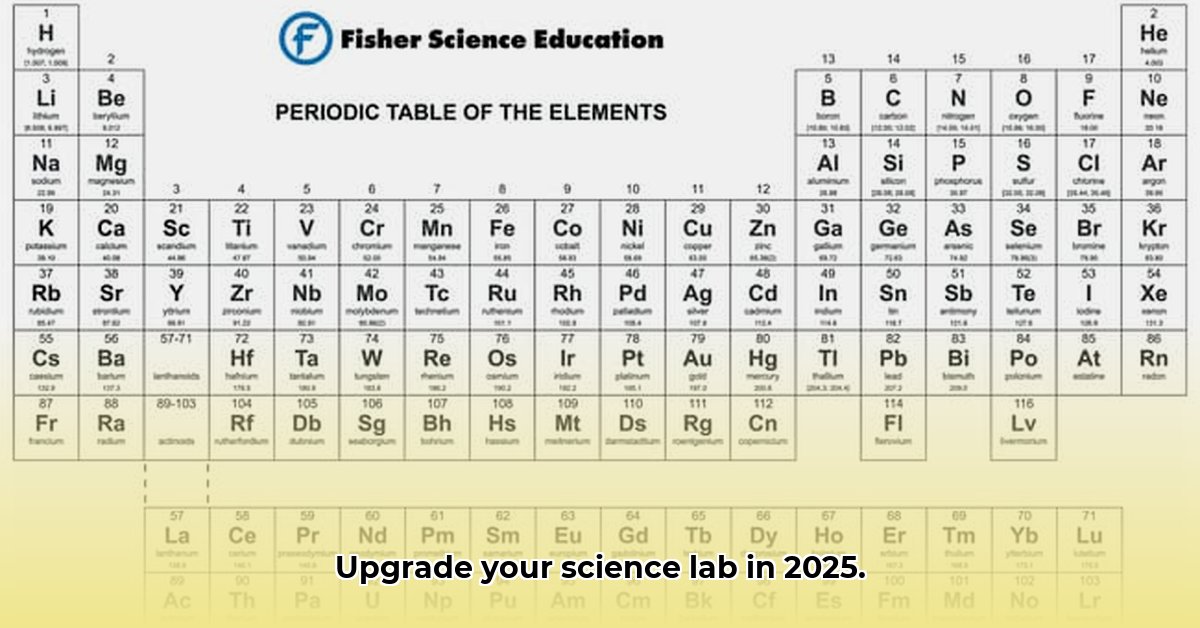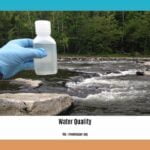Choosing the right science tables is a crucial investment for any school. This guide provides a comprehensive roadmap for selecting, purchasing, and maintaining science tables to create a safe, inspiring, and functional learning environment.
Understanding Your Needs
Before exploring options, analyze your science curriculum and the types of experiments students will conduct. Elementary school labs may require basic tables, while high schools often need specialized setups. Consider:
- Chemical Exposure: Will experiments involve chemicals requiring chemical-resistant surfaces?
- Experiment Types: Do physics experiments demand robust table construction?
- Student Age: Table height and safety features should be age-appropriate.
- Class Size: How many students will be using the tables simultaneously?
Key Features: Durability, Safety, and Functionality
Durability is paramount. Seek tables crafted from materials that can endure years of rigorous use, accidental spills, and the wear and tear of a busy learning environment. Essential features include:
- Chemical Resistance: Crucial for chemistry and biology labs to prevent damage from spills and corrosive substances.
- Heat Resistance: Important for experiments involving heat sources to avoid damage and ensure student safety.
- Scratch Resistance: Helps maintain the table’s appearance and prevent the accumulation of bacteria in scratches.
- Rounded Edges: Minimize the risk of injuries from accidental bumps or collisions.
- Non-Slip Surfaces: Prevent accidents by providing a secure workspace for experiments.
- Weight Capacity: Ensure the table can safely support the weight of equipment and materials used in experiments.
Material Selection: Balancing Cost and Performance
- Epoxy Resin: Offers superior chemical and heat resistance, making it ideal for demanding lab environments. However, it is the most expensive option.
- Phenolic Resin: A robust choice with excellent chemical resistance, durability, and ease of cleaning. Provides a good balance between cost and performance.
- High-Pressure Laminate (HPL): A more affordable option with good resistance to scratches, boiling water, and high temperatures. Less resistant to certain chemicals compared to epoxy or phenolic resin.
- Solid Wood: A classic and aesthetically pleasing choice, but requires more maintenance and is susceptible to chemical damage and staining. Best suited for lower-grade science classrooms.
- Steel: Highly durable, easy to clean, and chemical-resistant, making it a good choice for industrial settings or labs with heavy use. However, it can be cold to the touch and more expensive than other options.
Finding a Reputable Supplier
- Research: Thoroughly investigate potential suppliers, looking for established reputations, positive online reviews, and industry certifications like MAS and SEFA 8.
- Request Quotes: Solicit detailed quotes from multiple suppliers outlining your specific requirements, including table dimensions, material, features, and quantity.
- Compare Quotes: Evaluate quotes based on price, warranty, delivery time, customer service, and the supplier’s overall reputation.
- Verify Credentials: Confirm that the supplier meets all relevant safety and quality standards and complies with industry best practices.
- Finalize Purchase: Once you’ve chosen a supplier, carefully review the order details, including delivery schedules, installation (if applicable), and payment terms.
Maintaining Your Investment
Regular cleaning with appropriate cleaning solutions is crucial for extending the lifespan of your science tables. Develop a preventative maintenance schedule that includes:
- Regular Cleaning: Wipe down surfaces after each use with a mild detergent and disinfectant.
- Spill Response: Immediately address spills to prevent staining or damage.
- Damage Reporting: Promptly report any damage, such as chips, cracks, or loose hardware, for timely repairs.
- Periodic Inspections: Conduct regular inspections to identify potential issues and ensure all components are in good working order.
Budgeting & Long-Term Value
High-quality tables may have a higher upfront cost, but their durability translates to lower long-term expenses. Consider the total cost of ownership, including:
- Initial Purchase Price: Factor in the cost of the tables, shipping, and installation.
- Maintenance Costs: Budget for cleaning supplies, repair parts, and professional maintenance services.
- Replacement Costs: Estimate the lifespan of the tables and factor in potential replacement costs down the line.
By investing in durable, well-maintained science tables, you can create a safe and inspiring learning environment that will benefit students for years to come.
Mobile Science Lab Tables: Enhancing Flexibility
Mobile tables offer excellent flexibility for smaller schools or classrooms with evolving needs. Key considerations:
- Material Selection: Prioritize durable, chemical-resistant materials like epoxy resin or phenolic resin for mobile tables.
- Safety and Stability: Ensure sturdy construction, rounded edges, non-slip surfaces, and secure locking casters to prevent unwanted movement.
- Space Utilization: Mobile tables allow for flexible lab arrangements and can be easily reconfigured to accommodate various activities.
- Storage Solutions: Choose models with integrated storage drawers, cabinets, or shelves to keep materials organized and improve lab safety.
- Budgeting: Balance initial cost against long-term value. Leasing high-end mobile tables can be a viable option if budgets are tight.
- Amazing March Fun Facts: Unveiling History & Celebrations - April 15, 2025
- Master how to write height: A complete guide - April 15, 2025
- How High Are Your Standards Test: Find Your Perfect Match Now - April 15, 2025
















